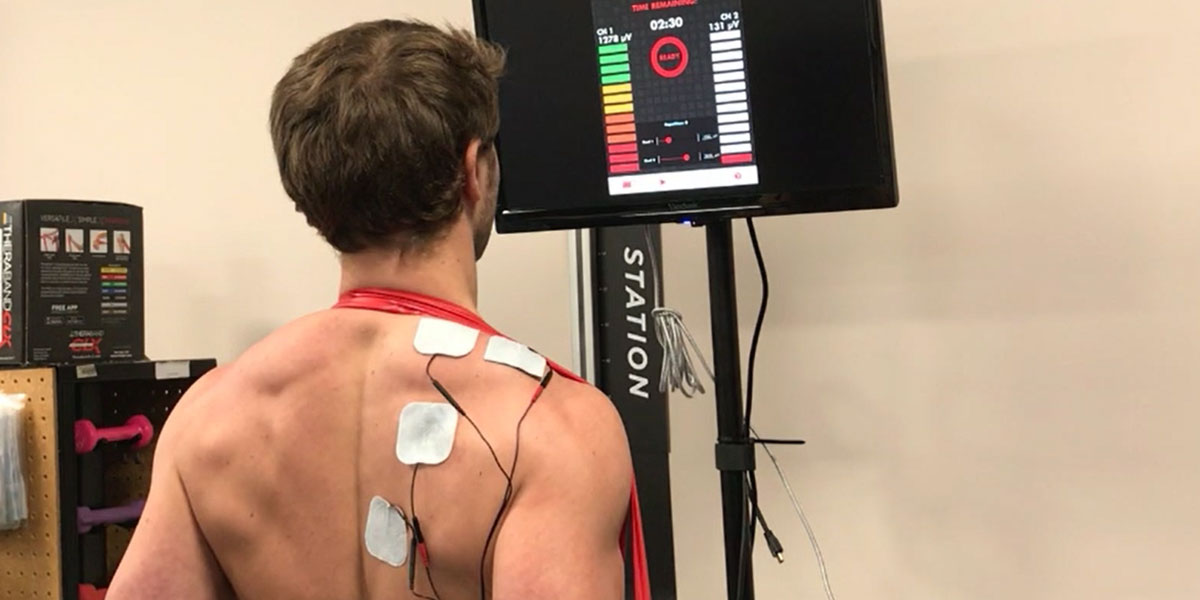Biofeedback is a technique that educates individuals how to manage specific bodily functions by using signals from their own bodies. This approach involves employing sensors that track physiological functions such as heart rate, muscle tension, and skin temperature. By offering real-time feedback, individuals can learn to identify their body's responses to pain and stress. This consciousness allows them to develop strategies to handle their pain more effectively. For example, if a person notices that their muscle tension increases when they are in pain, they can practice relaxation strategies to help reduce that tension.

One of the primary benefits of biofeedback training for relaxation biofeedback is that it empowers patients to take an proactive role in their pain control. Instead of depending solely on drugs or treatments from healthcare providers, individuals can learn to understand and control their own bodies. This feeling of control can lead to enhanced confidence and a more positive outlook on life. Many patients report feeling more in charge of their pain and less like victims of their syndrome. This shift in mindset can significantly enhance their quality of life.
Research has shown that biofeedback can be effective in reducing chronic pain symptoms. Studies indicate that patients who use biofeedback techniques often experience less pain and improved physical function. Additionally, biofeedback can help lessen anxiety and stress, which are frequent issues for those living with chronic pain. By addressing both the physical and emotional aspects of pain, biofeedback offers a holistic approach to pain management. This comprehensive method can lead to better outcomes for patients, allowing them to participate more completely in their daily activities.
In summary, biofeedback is a significant tool for revolutionizing chronic pain control. By educating individuals to understand and control their physiological responses, biofeedback empowers patients to take control of their pain. This method not only helps alleviate pain but also improves overall standard of life. As more individuals look for options to traditional pain management methods, biofeedback stands out as a promising option. With ongoing investigation and recognition, biofeedback could turn into an essential part of chronic pain treatment, helping individuals lead healthier, more satisfying lives.